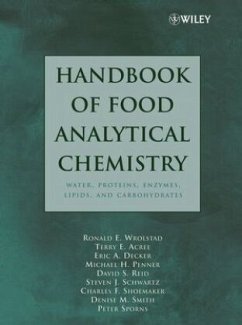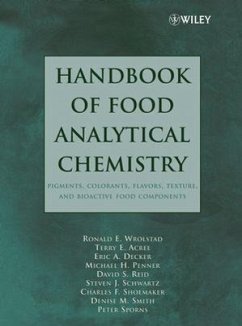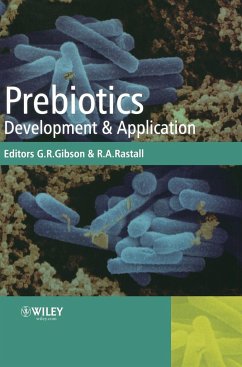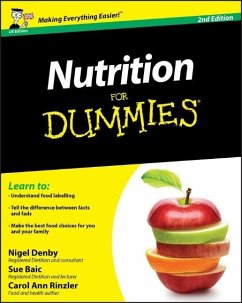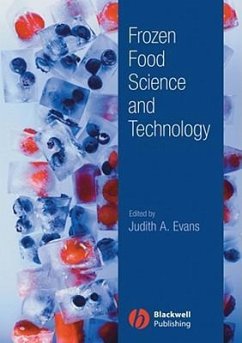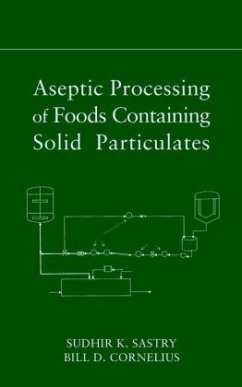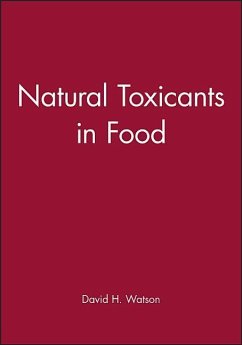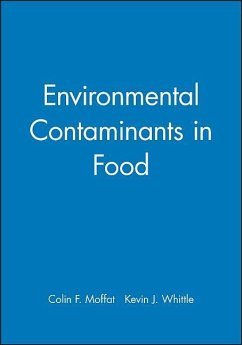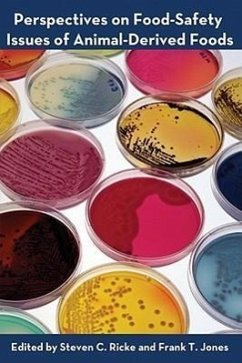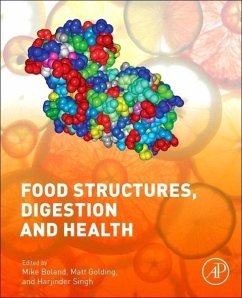
Handbook of Food Analytical Chemistry, Volumes 1 and 2
Versandkostenfrei!
Versandfertig in über 4 Wochen
444,99 €
inkl. MwSt.

PAYBACK Punkte
222 °P sammeln!
Emphasizing effective, state-of-the-art methodology, the Handbook of Food Analytical Chemistry represents the most comprehensive resource of its kind. Each section includes detailed instructions with annotated advisory comments, critical and troubleshooting notes, key references with annotations, time considerations, and anticipated results. In addition, useful appendices feature common abbreviations; laboratory stock solutions, equipment, and guidelines; and commonly used techniques, including relevant notes on mass spectrometry. It is an indispensable reference for all scientists, technician...
Emphasizing effective, state-of-the-art methodology, the Handbook of Food Analytical Chemistry represents the most comprehensive resource of its kind. Each section includes detailed instructions with annotated advisory comments, critical and troubleshooting notes, key references with annotations, time considerations, and anticipated results. In addition, useful appendices feature common abbreviations; laboratory stock solutions, equipment, and guidelines; and commonly used techniques, including relevant notes on mass spectrometry. It is an indispensable reference for all scientists, technicians, and students in food science.



